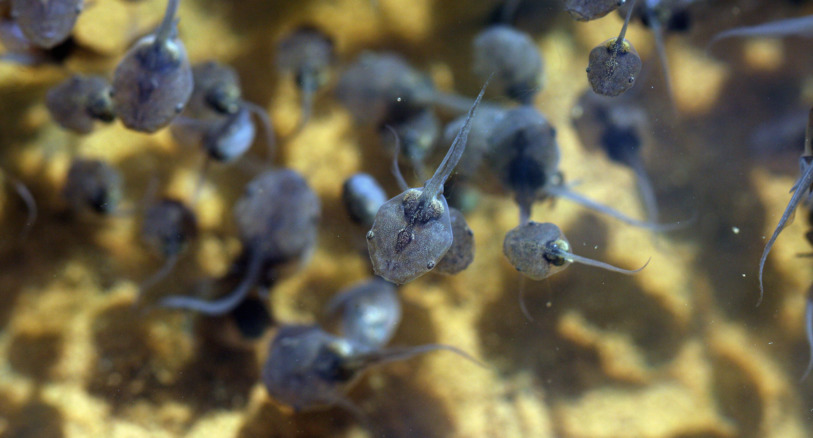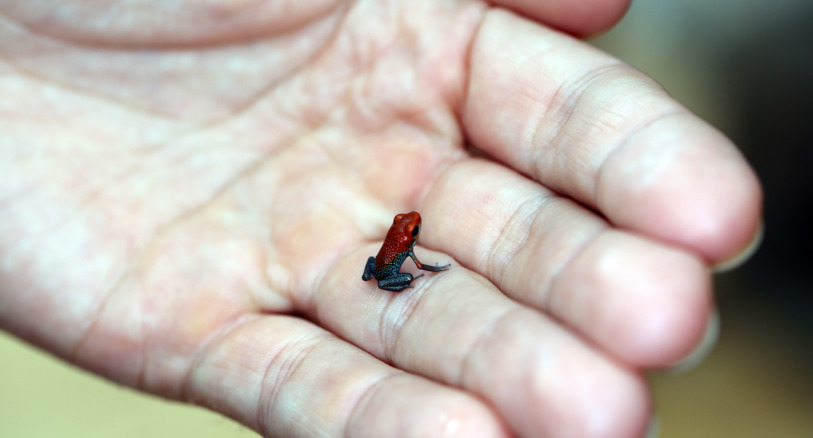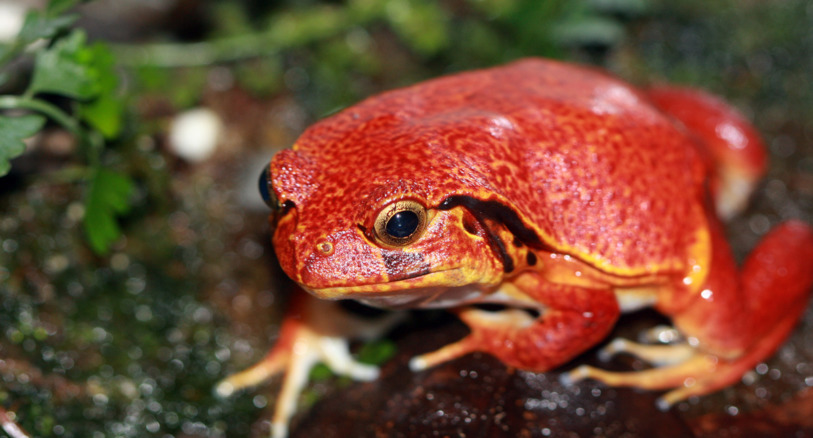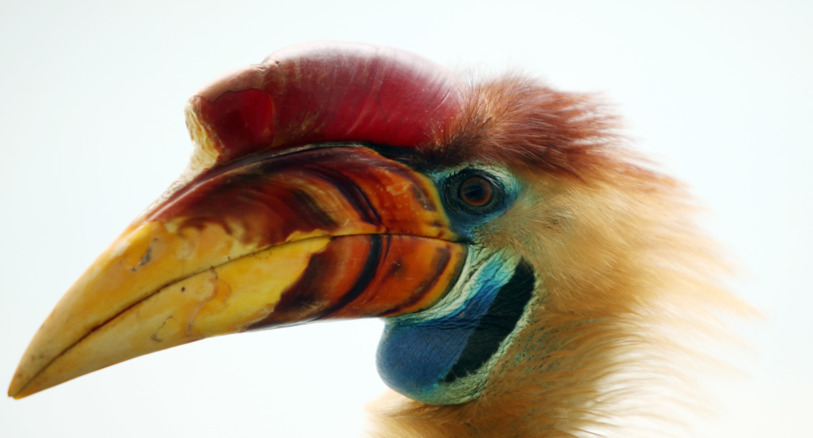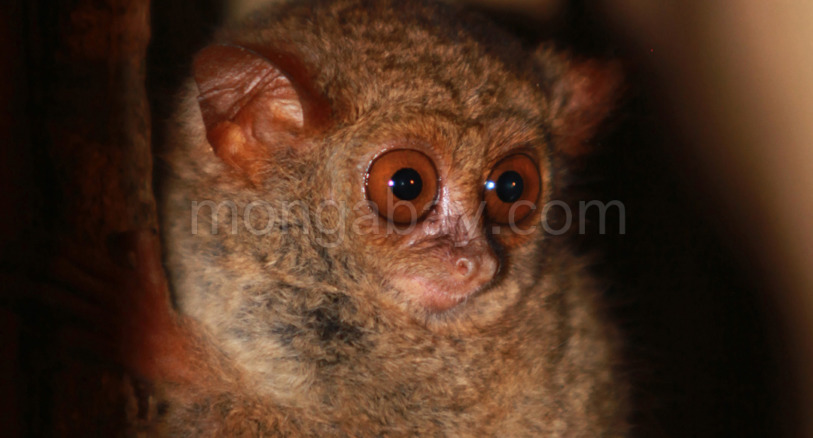India is a large country in South Asia:
Over 1.3 billion people call India home. Only China has more people.
Humans have lived in India for thousands of years. India has many beautiful human-made sights and landmarks.
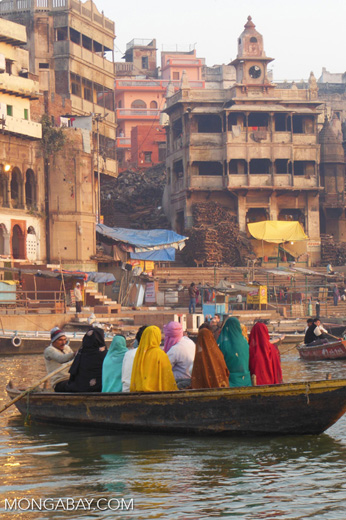

India is home to many natural sights and landmarks as well.
India has a long coastline, mountainous regions, and fertile river plains (or land that is good for growing crops). The varied ecosystems of India include temperate and tropical forests, mangroves, swamps, grasslands, and deserts.
This is an example of a woodland in Ranthambore National Park in northern India.
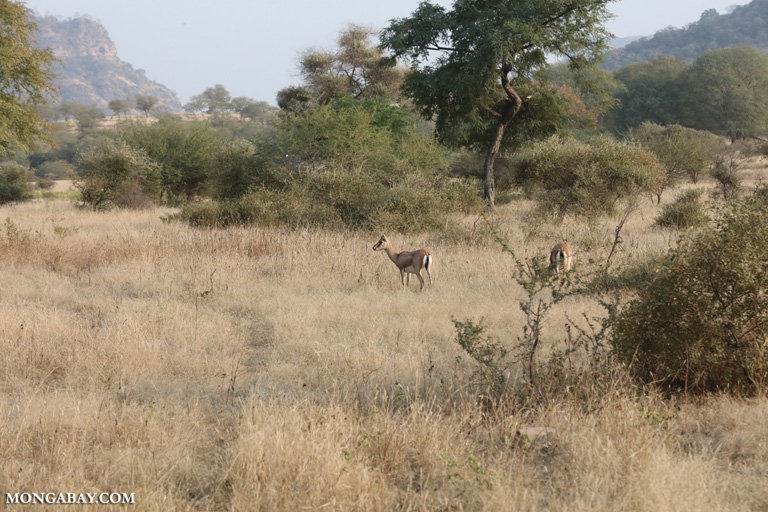
India’s ecosystems host a large diversity (many types) of plants and animals.
Today, let’s meet a few of India’s birds and mammals …
This is a rose-ringed parakeet (Psittacula krameri). What a lovely green color:
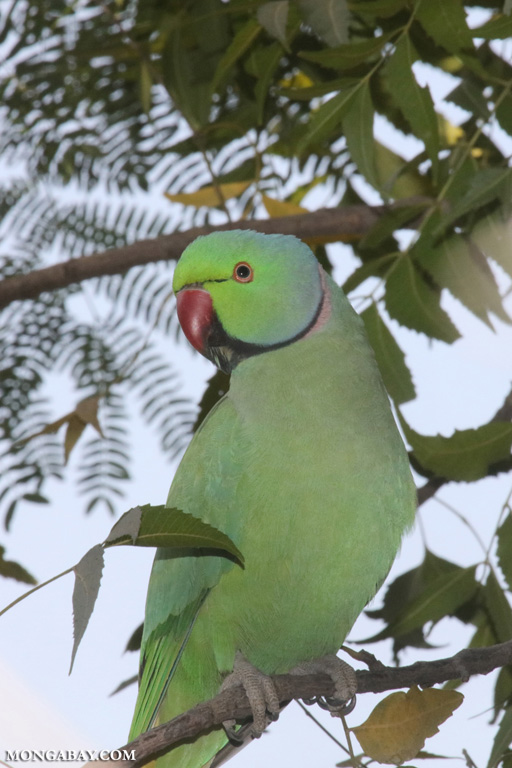
This is a chital (Axis axis) with a fawn. This deer species is native to India and it is known for its many spots:
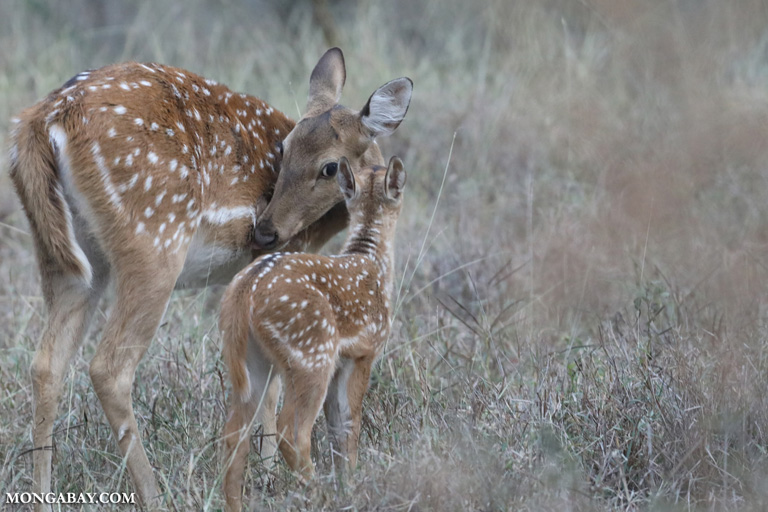
This is a gray langur (Semnopithecus sp.), a type of monkey. This langur is sitting on a car:
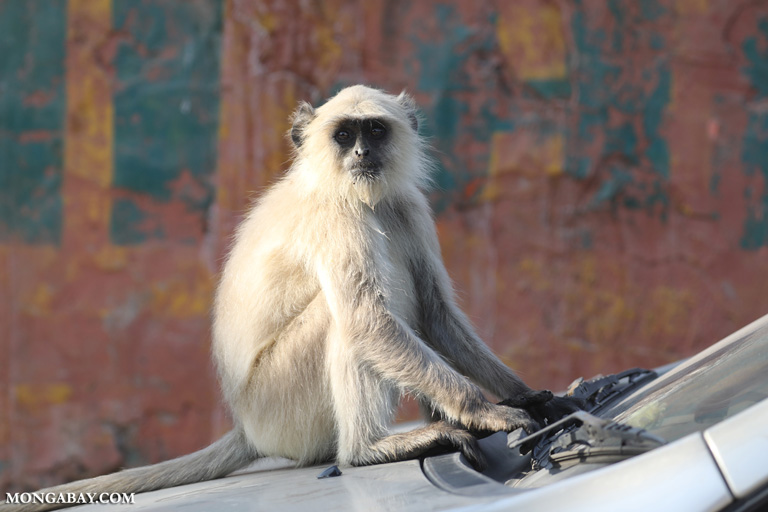
This is a tiger (Panthera tigris). Look at its beautiful orange coat with black stripes. Tigers are the largest of the big cats:

This is a sambar (Rusa unicolor). It is another deer native to India. It is also found in other parts of Southeast Asia. The sambar is larger than the chital:

Look! A red-wattled lapwing (Vanellus indicus). This bird lives near water and feeds on insects, snails, and other invertebrates (animals that have no vertebral column or backbone):

Lastly, we meet the beautiful Indian peafowl (Pavo cristatus). This peacock (male peafowl) is calling for peahens (female peafowl). The male has bright colors and large tail feathers:
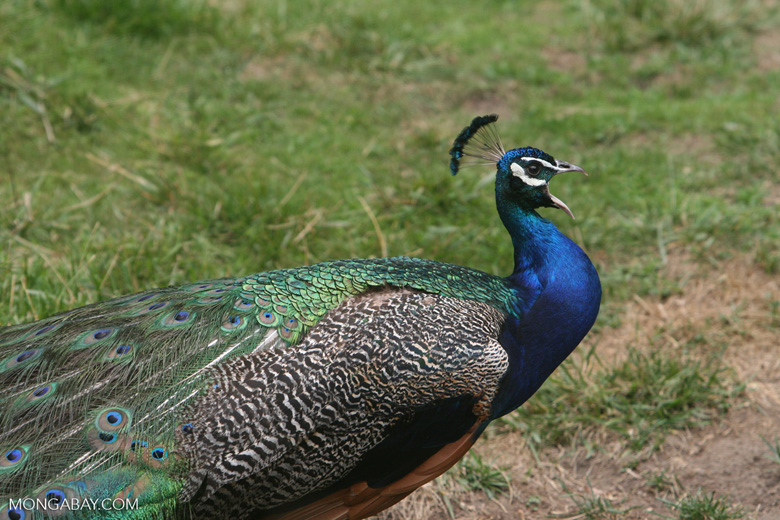
Stay tuned! Mongabay Kids looks forward to sharing more of India’s biodiversity with you soon.

